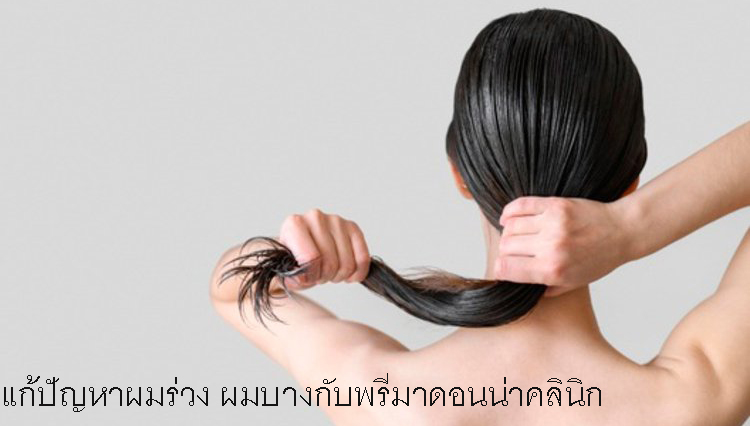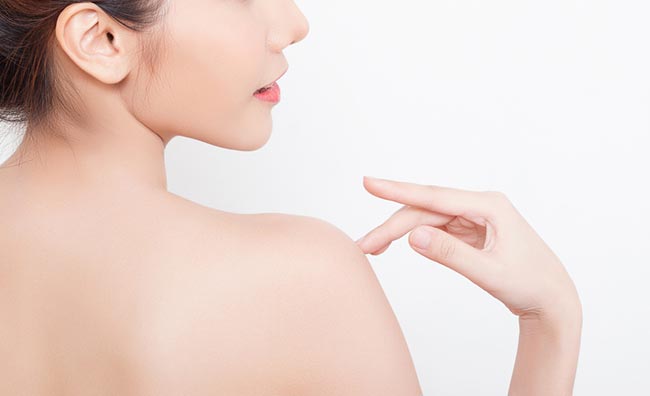
Seven ways … to avoid hair loss
Seven ways … to avoid hair loss
Consider prescription medications
There are two clinically approved drugs for preventing further hair loss – finasteride and minoxidil. Finasteride works by inhibiting the hormone dihydrotestosterone (DHT), which causes the hair follicles to shrink and eventually fall out, while minoxidil increases blood flow and nutrient uptake to the follicles. Both treatments may result in some hair regrowth as well, but they include the risk of side-effects. Finasteride has been found to lead to erectile dysfunction and decreased libido in approximately 1 in 31 men, while minoxidil can result in skin irritation and allergic reactions.
Use a laser comb
Apart from finasteride and minoxidil, laser combs are the only hair-loss treatment to have received FDA approval. (In the UK, the medication and the combs have to be paid for privately as they are not available on the NHS.) A 2014 study of 103 men with pattern hair loss found a significant increase in hair density after 26 weeks of applying a laser comb across the scalp three times a week. The exact way the combs work isn’t fully understood, but it has been suggested that low-power lasers have an antioxidant effect on hair follicles.
Change your hair products
There is some evidence that many gels and other styling products may contribute to hair loss, as the chemicals within these products stay on the scalp and become trapped in the follicles, preventing the hair from coming to the surface. Avoid excessive use of hair gels and try more natural styling products, which contain fewer chemicals.
Avoid hot showers
Overly hot showers can cause damage to the scalp by stripping it of the essential oils that help to protect it, causing dryness and inflammation. There is no direct evidence that hot showers lead to hair loss, but some believe that scalp inflammation can result in miniaturisation of the hair follicles and thinning hair.
Switch to anti-DHT shampoos
DHT is the main culprit in hair loss, and some shampoos can help to combat this. Search for products containing 1-2% ketoconazole, a drug that blocks the conversion of testosterone to DHT, just as finasteride does. However, because the application of ketoconazole is restricted to the scalp, it doesn’t have the same risk of negative sexual side-effects.
Try scalp massage
Some studies have suggested that scalp massage has the potential to increase hair density by improving blood circulation to the scalp and hair follicles, as well as increasing the activity of genes known to promote hair growth. An additional benefit is that massage helps to lower stress levels, another factor relating to hair loss.
Have a transplant
If you already have significant hair loss, a transplant may be your best bet. Before hair loss, we have about 100,000 hairs; at least 25,000 are required to give the appearance of a relatively complete head of hair. The transplant process involves taking hair follicles from the DHT-resistant “donor” regions at the back and sides of the head, and grafting them on to the scalp. There are many different hair transplant techniques, but some of the newer methods use hair stem cells to stimulate regrowth in the donor area, allowing for repeated transplantations if necessary.




